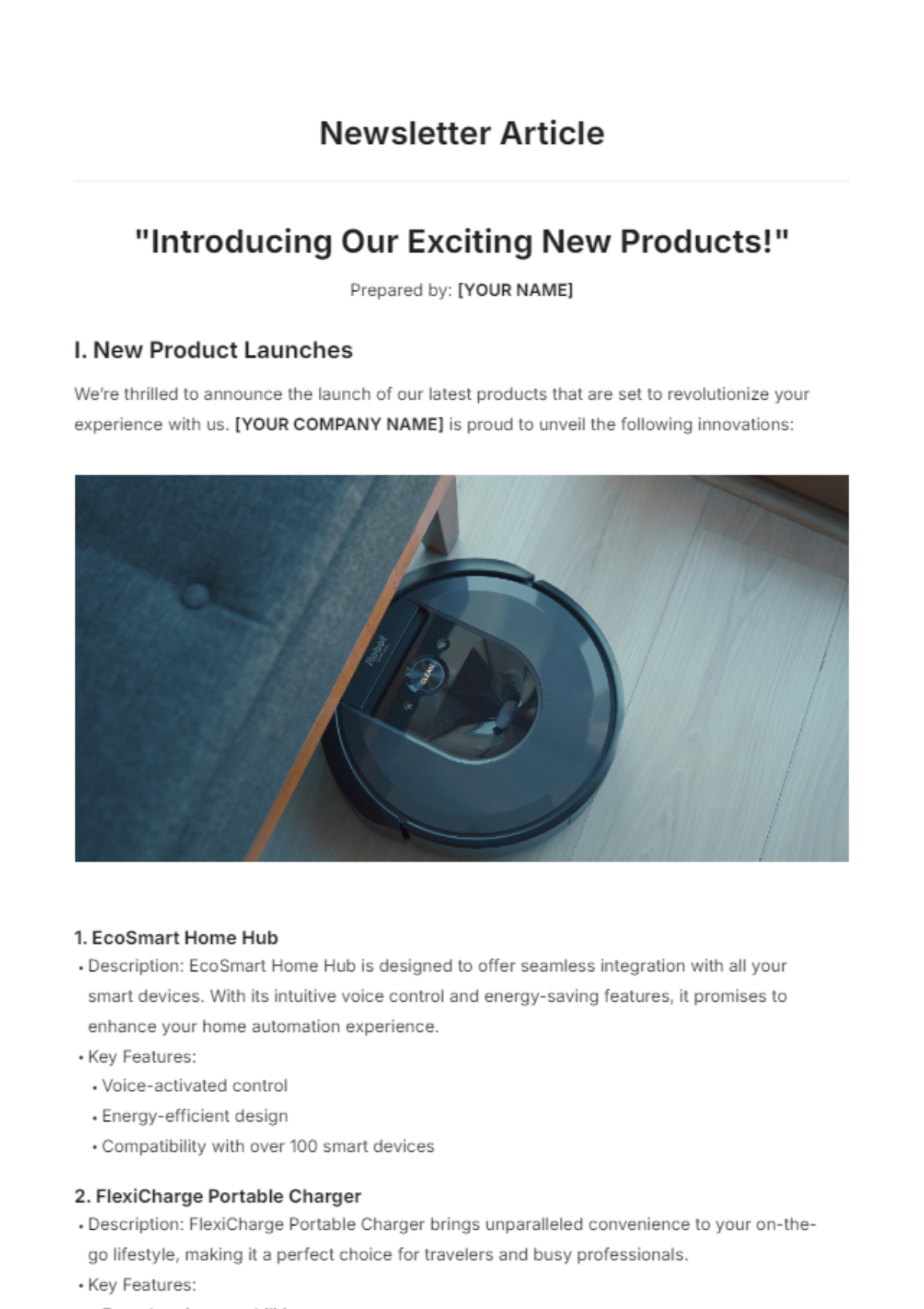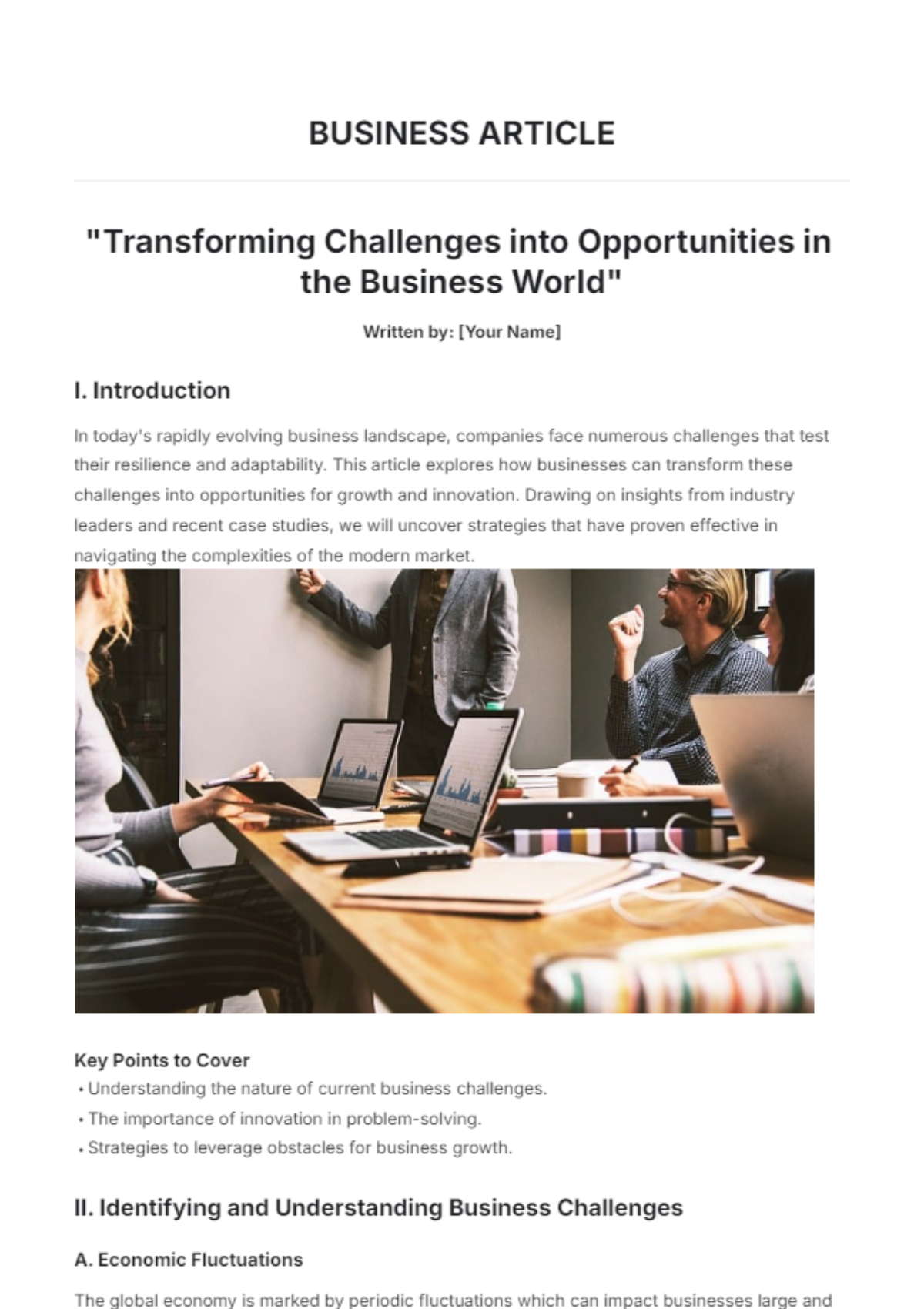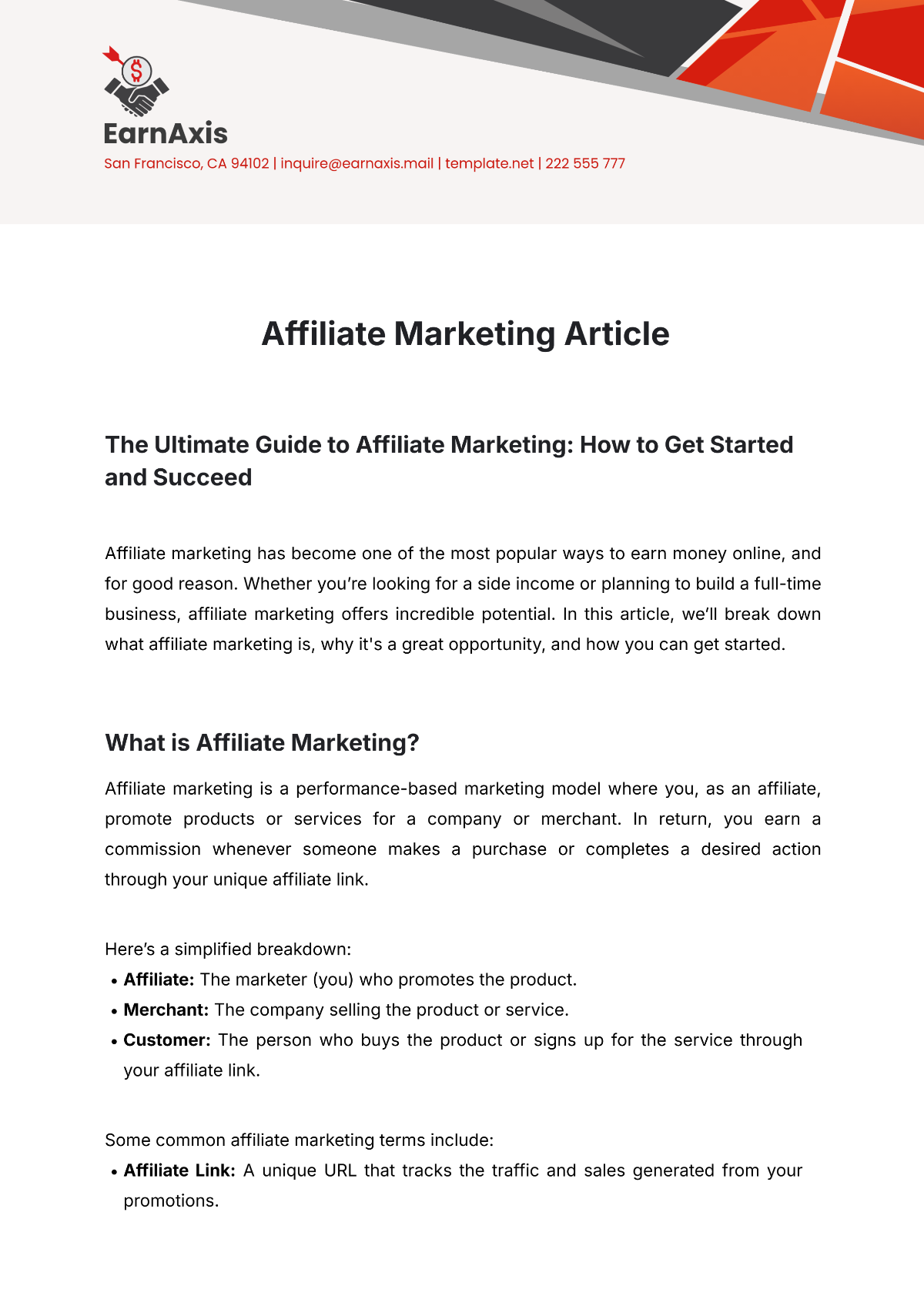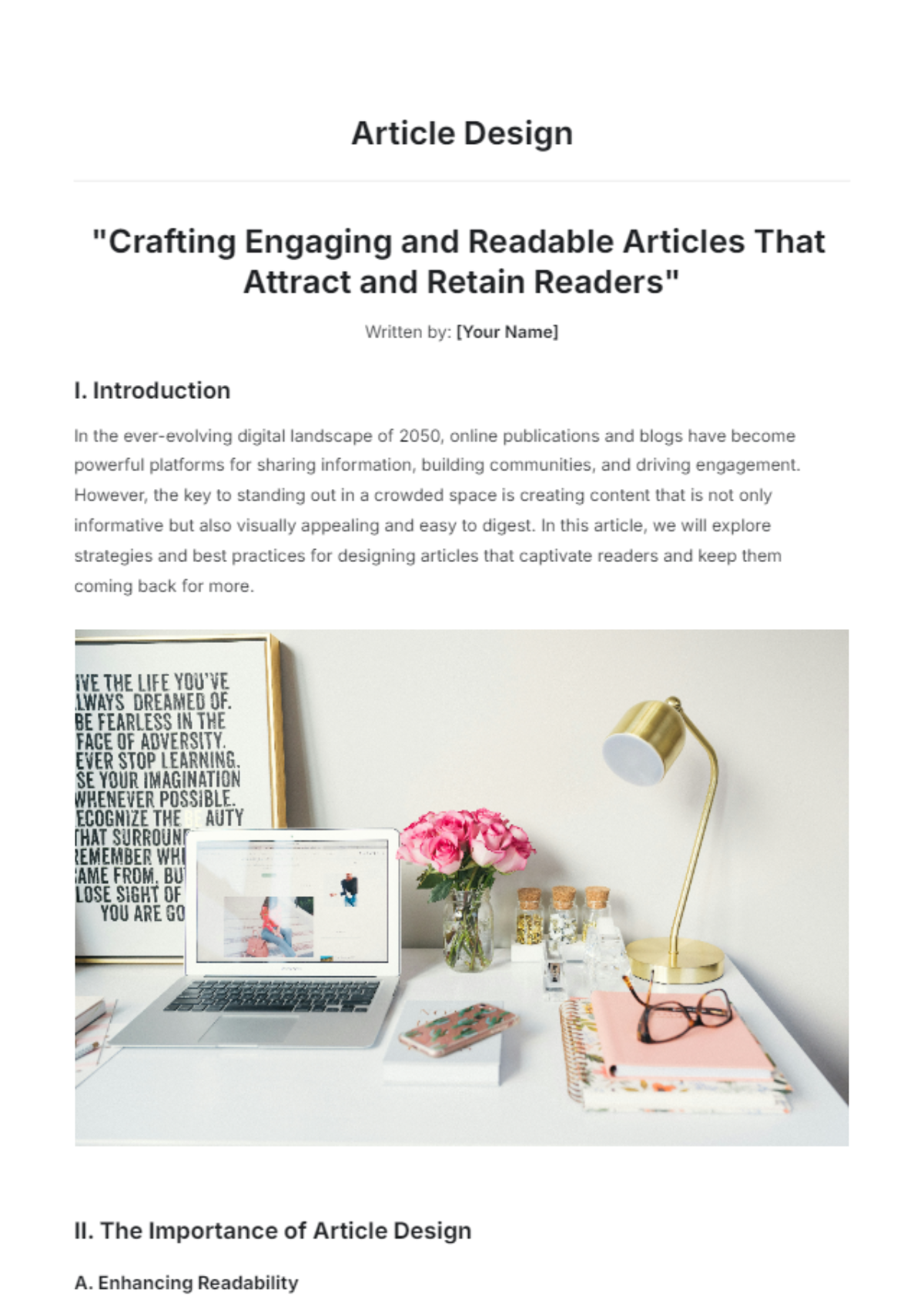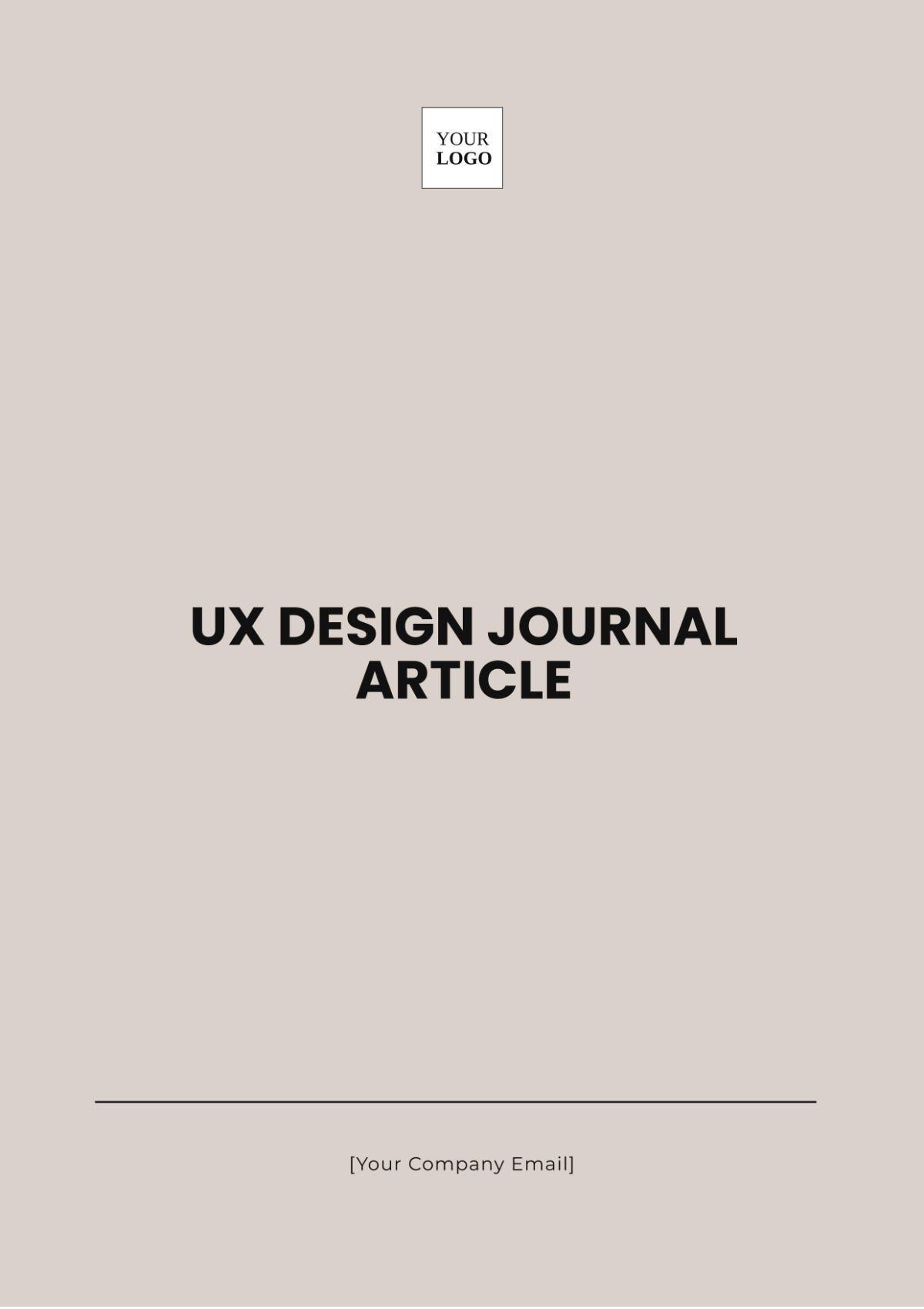TEXTBOOK ARTICLE
"Guiding the Creation of Textbook Chapters or Sections: A Comprehensive Framework"
Prepared by: [Your Name]

I. Introduction
Creating textbook chapters or sections requires careful planning and organization to ensure that the content effectively conveys key concepts to students. A structured framework serves as a guiding tool for educators, curriculum developers, and content creators to streamline the process and enhance the learning experience. In this article, we'll explore a detailed framework for designing textbook chapters or sections, encompassing essential elements to engage learners and facilitate comprehension.

II. Understanding the Audience
Before diving into the creation process, it's crucial to identify the target audience and their learning needs. Consider factors such as age group, educational background, and learning objectives. Tailoring the content to suit the audience's level of understanding and interests enhances the effectiveness of the textbook. Conducting thorough audience analysis enables educators to design relevant and engaging materials that resonate with students.

III. Structuring the Content
A well-structured textbook chapter or section follows a logical sequence that facilitates learning progression. Begin with a clear introduction that outlines the chapter's objectives and provides an overview of the topics to be covered. Break down the content into manageable sections, each focusing on a specific concept or subtopic. Utilize headings and subheadings to guide readers through the material and enhance readability.
IV. Incorporating Interactive Elements
To foster active learning and student engagement, integrate interactive elements into the textbook chapters or sections. Include thought-provoking questions, exercises, and activities that encourage critical thinking and application of knowledge. Incorporating real-world examples and case studies helps students connect theoretical concepts to practical scenarios, reinforcing comprehension and retention.
V. Assessing Learning Outcomes
Effective textbook chapters or sections include mechanisms for assessing learning outcomes and measuring student progress. Incorporate formative and summative assessment tools such as quizzes, practice problems, and self-assessment exercises. Feedback mechanisms provide valuable insights into students' understanding and enable educators to identify areas for improvement.

VI. Conclusion
Designing textbook chapters or sections requires careful planning and attention to detail to ensure optimal learning outcomes. By following a structured framework and incorporating interactive elements, educators can create engaging and effective learning materials that resonate with students. By understanding the audience's needs and assessing learning outcomes, educators can tailor content to maximize student engagement and comprehension.




